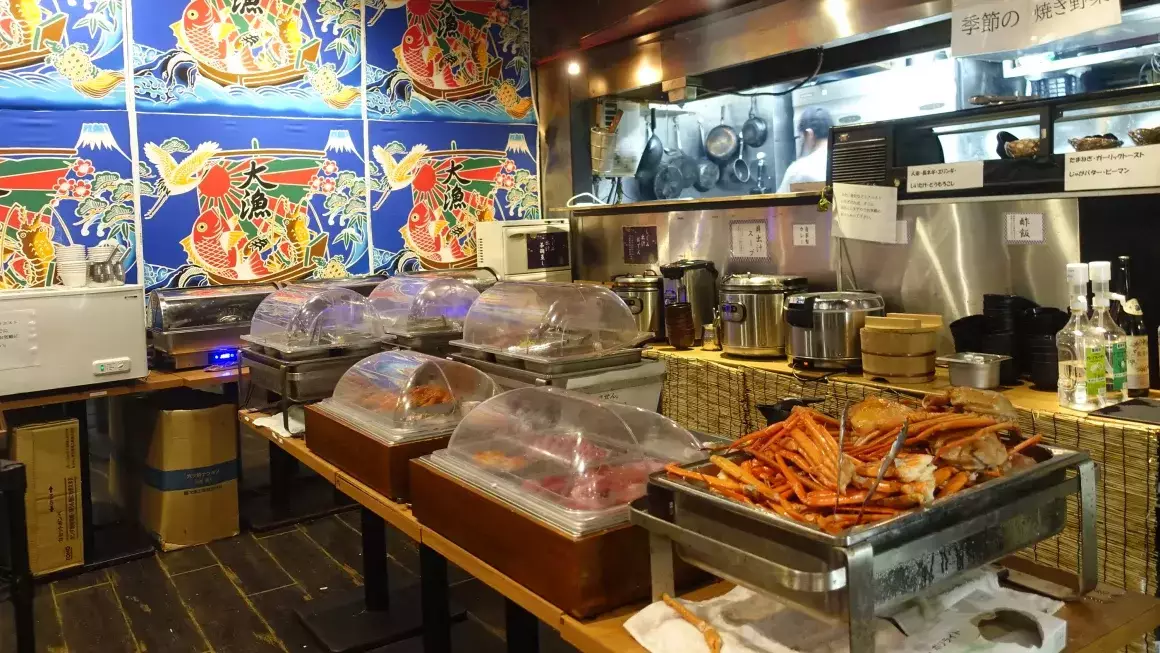As travel returns to normal post-pandemic, Japan is seeing a resurgence in tourism, introducing new challenges for local businesses historically accustomed to catering primarily to their domestic customers. A fascinating development in this scenario is the concept of differential pricing, where local patrons are offered lower prices compared to foreign tourists. This system, while contentious and somewhat novel in Japan, reflects a broader response to the dynamics of post-Covid travel and the influx of foreign visitors.
An increase in tourist visitation has placed immense pressure on Japan’s hospitality sector, particularly in popular urban areas such as Tokyo and its bustling Shibuya district. Shogo Yonemitsu, owner of the seafood grill Tamatebako, has made headlines for his practice of offering local customers a discount while pricing foreign tourists at higher rates to balance demand and operational costs. With over 17 million visitors within the first half of 2024 alone, Japan’s tourism sector is grappling with challenges ranging from language barriers to overcrowding.
Critics argue that differential pricing can be viewed as a form of discrimination, yet many business owners contend that it is a necessary measure for sustainability. As tourist numbers soar, restaurants must ensure that they can still serve their regular local clientele without being overwhelmed. Yonemitsu highlights the logistical challenges that arise, noting how hiring additional English-speaking staff has become crucial for maintaining a semblance of order. The discrepancy in language proficiency among the local population further complicates interactions, often leading to misunderstandings and customer frustration.
The tourism landscape in Japan is undergoing a seismic shift, as operators adjust their pricing strategies based on the influx of international visitors. This raises a key question: how should businesses maintain a balance between profitability and customer satisfaction? Some experts, including Elisa Chan from the Chinese University of Hong Kong’s hospitality research center, assert that implementing differential pricing can effectively manage the impact of overtourism.
Differential pricing allows restaurant owners to safeguard their relationships with regular customers while accommodating the new wave of tourists. The fear of alienating loyal locals is palpable among business owners. The careful calibration of prices is thus viewed as a necessary strategy that can ensure the sustainability of businesses without restricting access for local patrons.
The recent trend of charging tourists higher rates is not unique to Japan. Globally, locations plagued by overtourism have begun implementing various measures to manage visitor influx. For instance, Venice has introduced entry fees and online reservations to combat the effects of overcrowding. In Japan, however, the decision to adopt two-tier pricing systems rests with individual business owners, granting them a level of flexibility to respond to their unique market conditions.
Local reactions to this pricing strategy vary. While some tourists express willingness to pay a premium in acknowledgment of the economic realities facing locals, others may feel taken advantage of, especially if they don’t fully understand the pricing differences. For instance, Shuji Miyake, a pub owner in Tsukiji, has directly marketed premium dishes to tourists, effectively creating a budget-tiered experience. This approach illustrates a more strategic market segmentation, where visitors seeking unique culinary experiences can indulge, while local patrons can stick to their familiar options.
As Japan navigates this increasing complexity in its tourism model, the sustainability of these pricing strategies must be reassessed continually. Questions linger regarding the long-term effects of differential pricing on Japan’s global reputation as a welcoming destination. The delicate balance between serving domestic needs and embracing international tourism is now more critical than ever.
Moreover, this model poses a risk of alienating potential repeat visitors if they perceive any form of discrimination in pricing. It requires a nuanced approach that embraces both local heritage and international expectations. Tourists, after all, come to Japan not just for the beautiful landscapes and rich culture, but also for an authentic hospitality experience.
As Japan embraces a new era of tourism characterized by diversified pricing structures, the road ahead will require careful management and flexibility in strategy to foster an inclusive yet sustainable tourism environment. The ongoing dialogue between residents, business owners, and visitors will ultimately shape the future of travel experiences in Japan, ensuring that both local culture and international appeal are preserved and celebrated.


Napsat komentář